Safety Tips for Hurricanes and Storm Surges
Hurricanes and storm surges can be some of the most devastating natural disasters, causing significant destruction and loss of life. As we approach hurricane season, it’s crucial to equip ourselves with the right knowledge and tools to stay safe. Think of hurricane preparedness as building a protective shield around you and your loved ones. It’s not just about having supplies; it’s about having a plan and being proactive. So, how do we navigate this stormy sea of uncertainty? Let’s dive into some essential safety tips that can help you weather the storm.
Before you can prepare, it’s vital to understand what you're up against. Hurricanes are categorized based on their wind speeds and potential damage. The Saffir-Simpson scale classifies hurricanes into five categories:
| Category | Wind Speed (mph) | Potential Damage |
|---|---|---|
| 1 | 74-95 | Minimal damage, some flooding and power outages |
| 2 | 96-110 | Moderate damage, risk of injury and death due to flying debris |
| 3 | 111-129 | Extensive damage, most trees will be uprooted |
| 4 | 130-156 | Catastrophic damage, total roof failure |
| 5 | 157+ | Catastrophic damage, most of the area will be uninhabitable for weeks or months |
Understanding these categories helps you assess the severity of an incoming storm. For example, if a Category 4 hurricane is approaching, it’s time to take immediate action. The higher the category, the more intense the storm and the greater the risk. So, keep an eye on the weather reports and don’t underestimate the power of Mother Nature!
Your home is your sanctuary, and it should be fortified against the fury of hurricanes. Start by securing windows and doors. Invest in storm shutters or use plywood to cover large openings. Reinforcing your roof is also essential; after all, it’s the umbrella that protects you. Consider installing straps that tie down your roof to the walls of your home, providing extra stability during strong winds.
Creating a safe space within your home is equally important. Identify a room in the center of your house, preferably without windows, where your family can gather during a storm. This area will serve as your safe haven, so make sure it’s stocked with essentials.
An emergency kit is your lifeline during a hurricane. This kit should be packed with necessities to help you survive if the power goes out or if you need to shelter in place. Think of it as your survival toolbox!
- Water: At least one gallon per person per day for three days.
- Food: Non-perishable items like canned goods, granola bars, and dried fruits.
- First Aid Kit: A comprehensive kit that addresses minor injuries and health needs.
- Flashlights and Batteries: Essential for power outages.
When it comes to food and water, planning is key. You should aim to store enough non-perishable food and water for at least three days. Canned goods, peanut butter, and energy bars are excellent choices because they have a long shelf life. Don’t forget to include a manual can opener in your kit!
Your health should always be a priority, especially during emergencies. Make sure your emergency kit includes a first aid kit stocked with band-aids, antiseptic wipes, and any personal medications you may need. It’s also wise to have a list of medical conditions and allergies for each family member, just in case.
Having a clear evacuation plan can be the difference between safety and disaster. Think of your evacuation plan as a roadmap to safety. Identify multiple routes out of your area and designate a safe destination, such as a friend’s house or a public shelter. Make sure all family members are familiar with the plan and practice it together.
In the digital age, staying updated on weather conditions is easier than ever. Rely on reliable sources for weather alerts, such as the National Weather Service or local news stations. Understanding how to interpret warnings can save lives. For example, a “hurricane watch” means conditions are favorable for a hurricane, while a “hurricane warning” means a hurricane is imminent. Knowing the difference can help you act quickly.
Technology can be your best friend during a hurricane. Download weather apps that send real-time alerts to your phone. Social media can also provide updates from local officials and emergency services. Just remember to keep your devices charged and have backup power sources, like portable chargers, handy.
Don’t forget about your community! Local resources, such as shelters and emergency services, are invaluable during a hurricane. Familiarize yourself with these resources before a storm hits. Many communities also offer programs designed to assist residents during extreme weather events, so take advantage of them!
After the storm passes, safety remains a priority. Assess the damage to your home carefully. Look out for hazards like downed power lines and flooded areas. It’s crucial to wait for official announcements before returning home if you’ve evacuated. Remember, safety doesn’t stop when the winds die down; it continues as you navigate the aftermath.
Q: What should I do if a hurricane is approaching?
A: Stay informed through reliable weather sources, secure your home, and prepare your emergency kit. If advised to evacuate, do so immediately.
Q: How can I stay connected during a storm?
A: Use technology to your advantage. Keep your devices charged, download weather apps, and follow local emergency services on social media for real-time updates.
Q: What items are essential in an emergency kit?
A: Your emergency kit should include water, non-perishable food, a first aid kit, flashlights, batteries, and any necessary medications.
Q: How do I create a family evacuation plan?
A: Identify multiple routes out of your area, designate a safe destination, and ensure all family members are familiar with the plan.
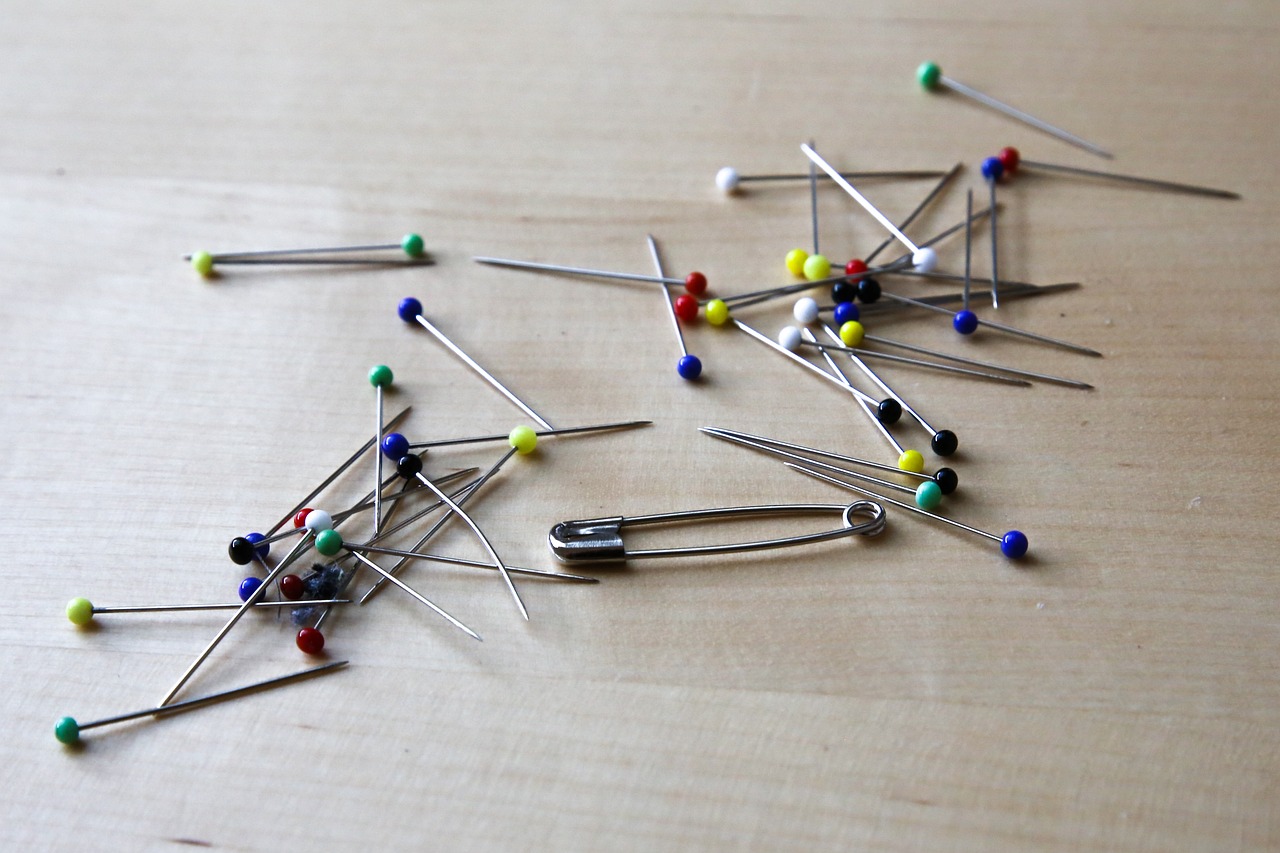
Understanding Hurricane Categories
When it comes to hurricanes, understanding their categories is crucial for making informed decisions that can keep you and your loved ones safe. The Saffir-Simpson Hurricane Wind Scale categorizes hurricanes from 1 to 5 based on their sustained wind speeds. Each category represents a different level of potential damage, which helps you assess how serious a storm could be. But what do these categories really mean? Let’s break it down.
Category 1 hurricanes can have wind speeds ranging from 74 to 95 mph. While they may cause some minor damage—like downed tree branches and power outages—most well-constructed homes should be able to withstand these winds. However, don’t let the lower category fool you; even a Category 1 can be dangerous if you’re unprepared.
As we move up the scale, Category 2 hurricanes (with winds of 96 to 110 mph) can cause more significant damage, including the potential for roof and siding damage to homes. Think of it like a strong punch; it might not knock you out, but it can definitely leave a mark.
Category 3 hurricanes are considered major hurricanes, with wind speeds of 111 to 129 mph. These storms can cause devastating damage, leading to the destruction of homes and infrastructure. If a Category 3 is headed your way, it’s time to take action. Evacuating your area might be the safest option.
When we reach Category 4 (winds of 130 to 156 mph), we’re talking about catastrophic damage. Well-built homes may sustain severe damage, and most trees will be uprooted. It’s like a freight train barreling through; you definitely want to be out of its path.
Finally, Category 5 hurricanes, with winds exceeding 157 mph, are the most dangerous. These storms can obliterate buildings and leave entire communities uninhabitable. If a Category 5 is forecasted for your area, it’s not just a warning; it’s a call to action. You need to evacuate immediately.
To summarize the categories and their potential impacts, take a look at the table below:
| Category | Wind Speed (mph) | Potential Damage |
|---|---|---|
| 1 | 74-95 | Some damage; minor flooding |
| 2 | 96-110 | Moderate damage; risk of injury and death |
| 3 | 111-129 | Major damage; most trees uprooted |
| 4 | 130-156 | Catastrophic damage; homes destroyed |
| 5 | 157+ | Catastrophic damage; total destruction |
Understanding these categories is not just about knowing the numbers; it’s about being prepared. When a hurricane is approaching, your response should correlate with the storm’s category. So, when you hear the news, don’t just listen to the wind speed—think about what it means for you and your family. Are you ready to take action?

Preparing Your Home
When it comes to hurricanes, preparation is your best defense. Imagine your home as a fortress; it needs to be fortified against the fierce winds and torrential rains that can accompany these storms. The first step in this process is to secure your windows. Using storm shutters or boarding up with plywood can make a world of difference. Think of your windows as the eyes of your home; if they’re not protected, the storm can easily invade your sanctuary.
Next, let’s talk about your roof. It’s the crown of your home and needs to be reinforced. Consider adding straps or clips to secure your roof to the walls better. This is crucial because high winds can easily lift off roofs, turning them into dangerous projectiles. You wouldn’t want your crown to fly off during a storm, would you?
Creating a safe space in your home is another essential step. This area should be away from windows and doors, ideally in a basement or interior room. Equip this space with essentials to keep your family comfortable. Think of it as your storm sanctuary—a place where you can weather the storm together, safe and sound.
Now, let’s dive into the heart of hurricane preparedness: your emergency kit. This kit is your lifeline when the power goes out, and the roads are impassable. You want to ensure it’s packed with everything you might need. Start with the basics: water and food. The rule of thumb is to have at least one gallon of water per person per day for at least three days. As for food, think non-perishable items like canned goods, granola bars, and dried fruits. It’s like packing for a camping trip, but this time, the wilderness is your living room!
When stocking up on food and water, consider the following:
- Water: At least 1 gallon per person per day for three days.
- Non-perishable food: Canned goods, dried fruits, and energy bars.
- Pet supplies: Don’t forget about your furry friends! Include food and water for them too.
Next up, health needs! A well-stocked first aid kit is a must-have. This should include band-aids, antiseptic wipes, and any necessary medications. If you or a family member relies on specific prescriptions, ensure you have enough to last through the storm and any potential delays in getting refills. It’s like having a mini pharmacy right at your fingertips during a crisis!
Having a clear evacuation plan can save lives. You need to know where to go if the storm becomes too intense. Research local shelters and safe routes ahead of time. This is not the time to be making last-minute decisions. Think of it as having a roadmap for your safety. A good plan should include:
- Designated meeting spots for your family.
- Multiple routes to your safe location.
- Emergency contacts outside your area.
In essence, preparing your home for a hurricane is all about foresight and planning. By taking these steps, you’re not just protecting your property; you’re safeguarding your loved ones. Remember, a little preparation can make a big difference when the storm clouds gather.
Q: How do I know if my home is hurricane-ready?
A: Assess your home for any weak spots, such as loose shingles or unprotected windows. It’s also wise to consult with local building codes and guidelines for hurricane preparedness.
Q: What should I include in my emergency kit?
A: Your emergency kit should include water, non-perishable food, a flashlight, batteries, a first aid kit, and any medications you may need.
Q: When should I evacuate?
A: If local authorities issue an evacuation order, it’s crucial to leave immediately. Don’t wait until the last minute, as traffic and road conditions can worsen rapidly.
Q: What are some common mistakes people make when preparing for hurricanes?
A: Some common mistakes include waiting too long to prepare, not having enough supplies, and failing to create a solid evacuation plan.
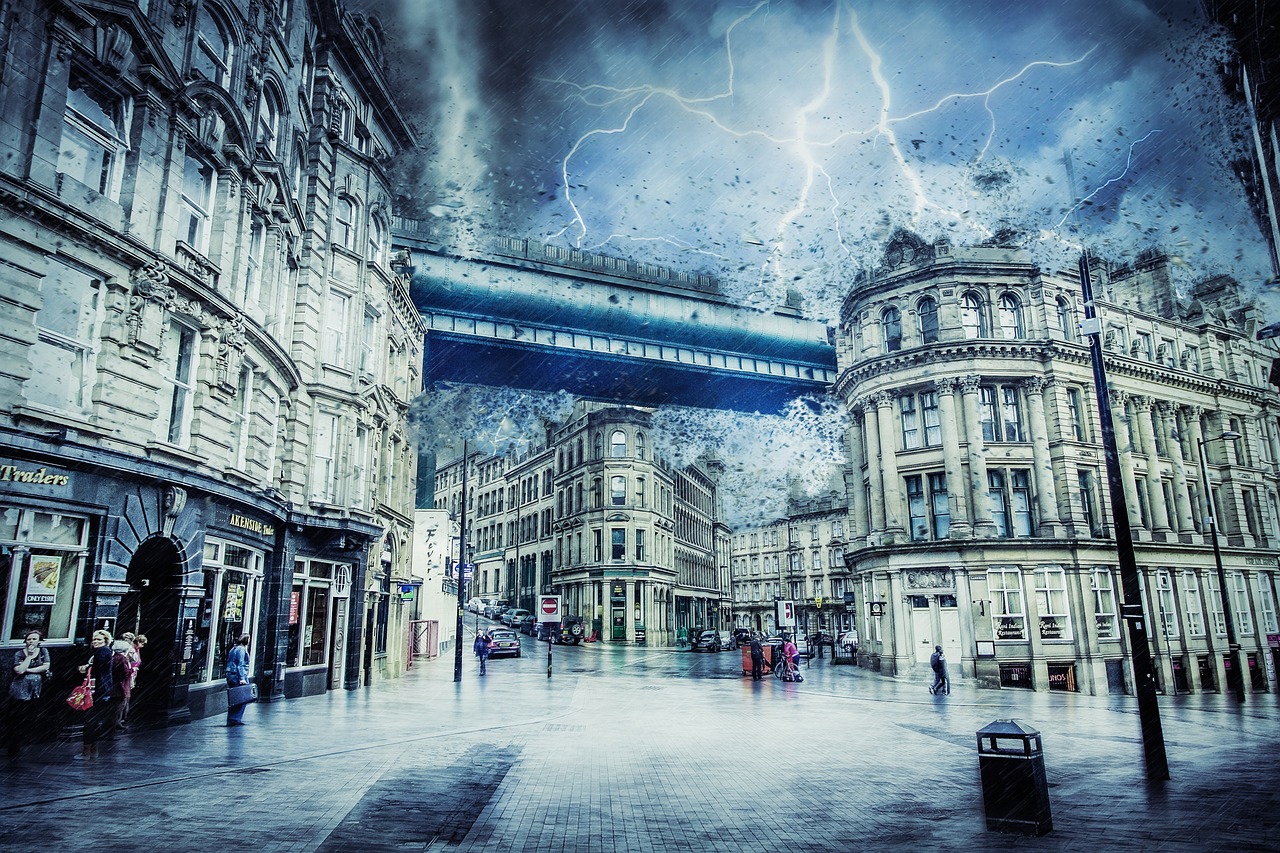
Creating an Emergency Kit
When it comes to preparing for a hurricane, having an emergency kit is like having a life jacket on a boat—you may not need it all the time, but when you do, it can make all the difference. An emergency kit is essential for ensuring you and your loved ones are ready for anything that comes your way, especially during power outages and disruptions caused by extreme weather. So, what should you pack in this lifesaving kit? Let’s dive into the essentials!
Your emergency kit should be comprehensive, yet compact enough to grab quickly. Start with the basics: you’ll want to include enough non-perishable food and water to last at least three days. The general rule of thumb is to have at least one gallon of water per person per day. This means if you have a family of four, you should stock up on at least 12 gallons of water. As for food, think about items that are easy to prepare and require no cooking, such as canned goods, energy bars, and dried fruits. Here’s a quick breakdown of what to include:
| Item | Quantity |
|---|---|
| Water (1 gallon per person per day) | 3 days worth |
| Canned food (vegetables, beans, etc.) | 12 cans |
| Energy bars | 12 bars |
| Dried fruits and nuts | 2 bags |
Next up is your first aid kit. It’s crucial to have medical supplies on hand in case of injuries. Make sure to include items like adhesive bandages, antiseptic wipes, gauze, and any necessary medications. Don’t forget to check the expiration dates on your medications regularly! It’s like having a fire extinguisher in your home—you hope you never need it, but it’s vital to have it ready just in case.
Another important aspect of your emergency kit is personal hygiene items. Think about including toilet paper, hand sanitizer, soap, and any other toiletries you might need. This is especially important if you find yourself in a shelter or spending a few days at home without running water. Keeping clean isn’t just about comfort; it’s also about preventing infections and illnesses during stressful times.
Finally, don’t forget to include some form of entertainment or comfort items, especially if you have children. A few books, games, or toys can help keep spirits high during a tough situation. Remember, preparing for a hurricane doesn’t have to be all about the serious stuff; a little fun can go a long way in keeping morale up!
In summary, creating an emergency kit is a vital step in hurricane preparedness. By packing the right items, you ensure that you and your family are ready to face whatever Mother Nature throws your way. So, gather your supplies, check them off your list, and make sure your kit is easily accessible. Your future self will thank you!
- How often should I check my emergency kit? It’s a good idea to review your kit every six months to ensure that food and medications are not expired and that everything is in working order.
- Can I include pet supplies in my emergency kit? Absolutely! If you have pets, make sure to include food, water, and any necessary medications for them as well.
- What should I do if I can't find certain items for my kit? If you can't find specific items, look for alternatives that serve the same purpose. For example, if you can't find a first aid kit, you can assemble your own with basic supplies.
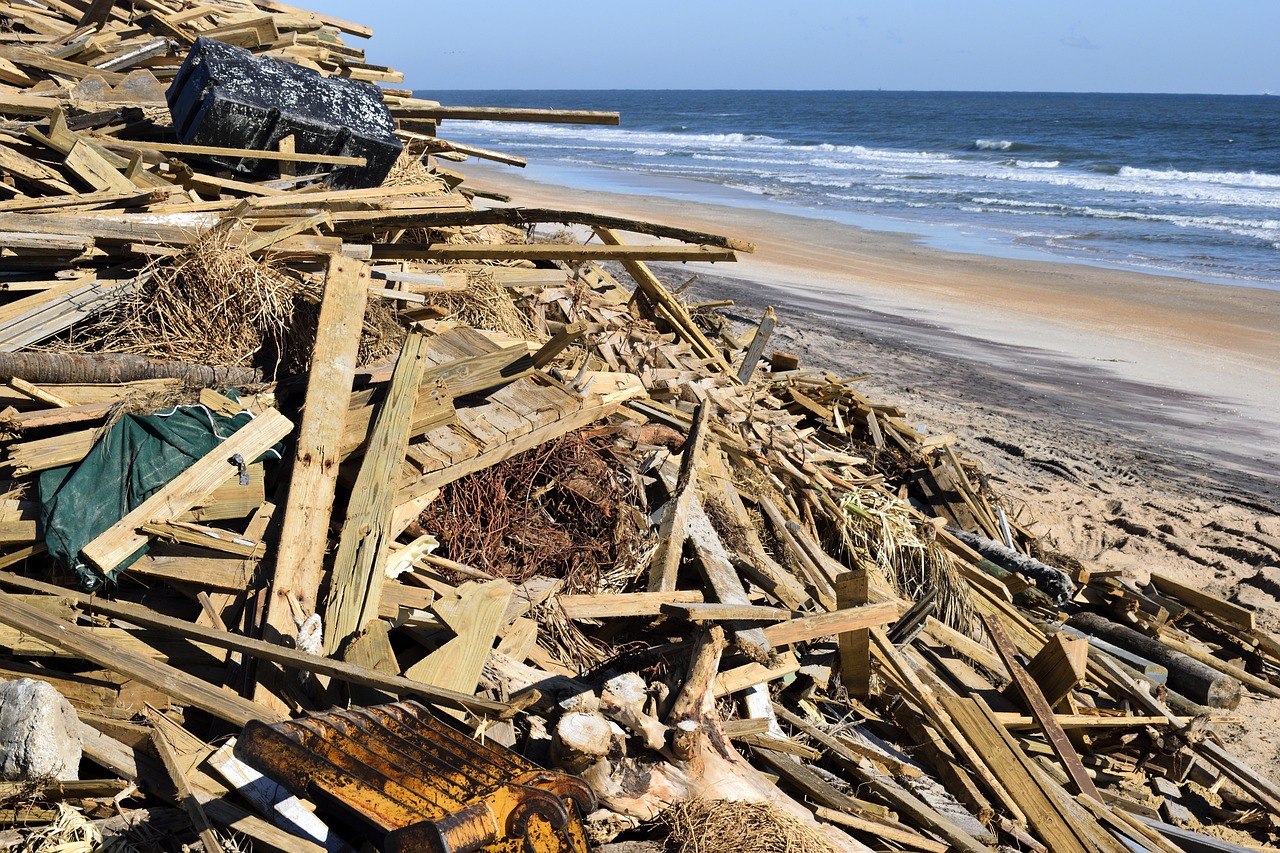
Food and Water Supplies
When preparing for a hurricane, stocking up on food and water supplies is crucial. Imagine being stranded without power, unable to access your favorite grocery store, and you’re left with nothing but canned beans from 2005! To avoid such a scenario, it’s vital to plan ahead and gather enough provisions to last for at least a week. This means not just grabbing the first thing you see at the store but choosing items that are non-perishable and easy to prepare.
So, how much water should you store? A good rule of thumb is to have at least one gallon of water per person per day. For a family of four, that translates to a minimum of 28 gallons for a week. Water is essential not only for drinking but also for cooking and sanitation. Make sure to have a mix of bottled water and larger containers to cover all bases.
When it comes to food, think of items that don’t require refrigeration and can be prepared quickly. Canned goods are a great option, but don’t overlook other staples like:
- Dry goods: rice, pasta, and beans
- Snacks: granola bars, nuts, and dried fruits
- Ready-to-eat meals: MREs (Meals Ready-to-Eat) or canned soups
Furthermore, consider any dietary restrictions or preferences within your family. If someone is gluten-free or has food allergies, ensure you have suitable options. It’s also wise to include a few treats to keep spirits high during a stressful time; think of chocolate bars or chips to lighten the mood. After all, a little comfort food can go a long way in tough situations!
Don't forget about cooking supplies. If the power goes out, having a portable stove or a grill can be a lifesaver. Just make sure to stock up on fuel and have a lighter or matches handy. Additionally, keeping a can opener in your emergency kit is critical; nothing's worse than having a can of food and no way to open it!
In summary, preparing your food and water supplies is about more than just filling your pantry. It’s about ensuring that you and your loved ones have the essentials to weather the storm comfortably. So take the time to plan, shop smart, and pack wisely—your future self will thank you!
Q: How long should my food and water supplies last during a hurricane?
A: It's recommended to have at least a week's worth of supplies. Aim for one gallon of water per person per day and enough non-perishable food to last the same duration.
Q: What types of food should I avoid?
A: Avoid perishable items that require refrigeration, as well as foods that require extensive cooking or preparation. Stick to ready-to-eat meals and easy snacks.
Q: How can I ensure my food stays safe to eat?
A: Store food in a cool, dry place, and keep it sealed in airtight containers. Check expiration dates regularly and rotate your stock to use older items first.
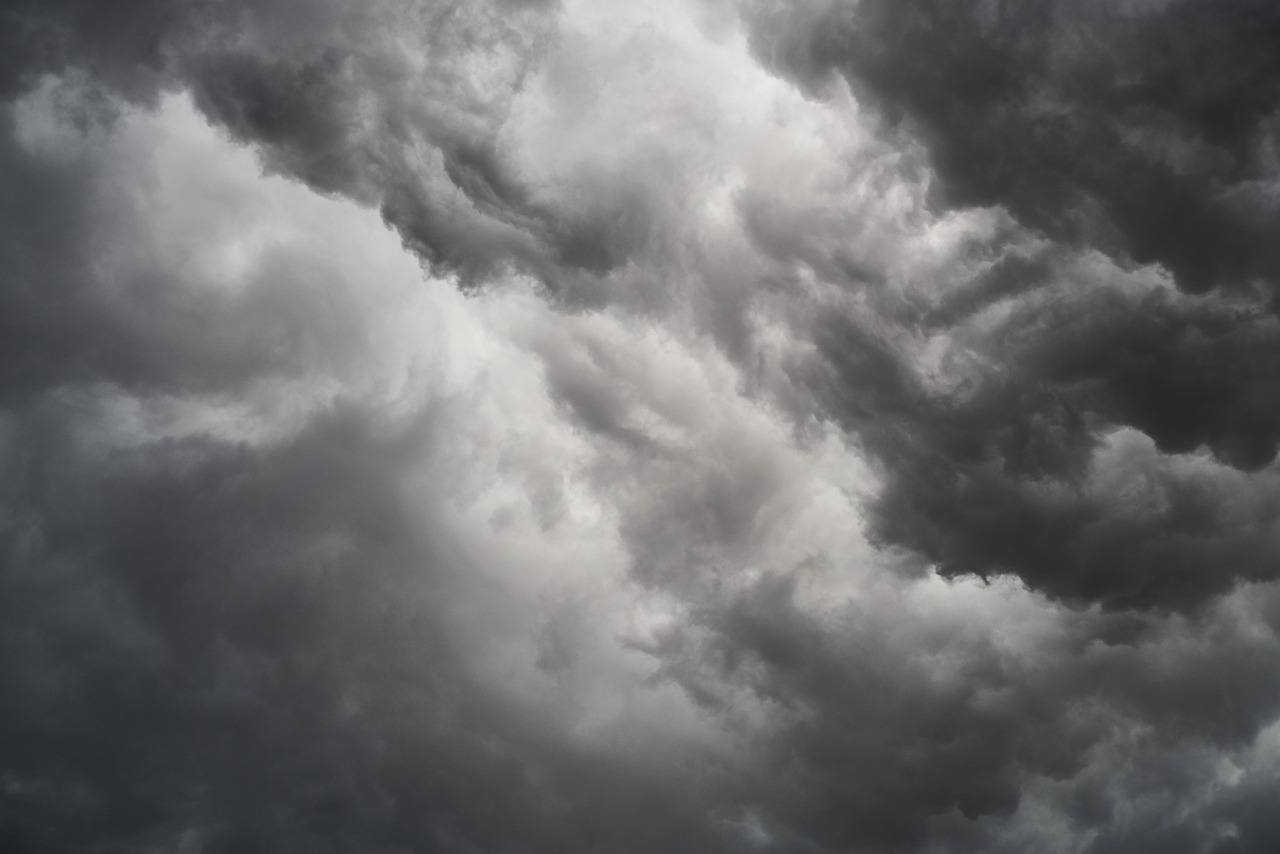
First Aid and Medications
When preparing for a hurricane, one of the most critical aspects to consider is your first aid kit and necessary medications. Having these essentials on hand can mean the difference between a minor inconvenience and a serious health issue during an emergency. Imagine being stuck at home without the means to treat a cut or manage a chronic condition—it's a scenario no one wants to face. So, let’s dive into what you need to include in your first aid kit and how to ensure you have the right medications ready.
Your first aid kit should be comprehensive yet compact, designed to address a variety of medical situations. Here are some key items you should include:
- Adhesive bandages in various sizes
- Gauze pads and adhesive tape
- Antiseptic wipes or solution
- Scissors and tweezers
- Pain relievers such as acetaminophen or ibuprofen
- Any prescribed medications, including inhalers or insulin
In addition to these items, it’s crucial to keep a list of any medications you or your family members take regularly. This list should include the medication name, dosage, and prescribing doctor. This way, if you need to evacuate or seek medical attention, you have all the information at your fingertips. You can create a simple table to organize this information:
| Medication Name | Dosage | Prescribing Doctor |
|---|---|---|
| Insulin | 10 units | Dr. Smith |
| Albuterol Inhaler | As needed | Dr. Johnson |
| Blood Pressure Medication | 25 mg | Dr. Lee |
Another important aspect is to regularly check the expiration dates on your medications and first aid supplies. You wouldn’t want to rely on a bandage that’s past its prime or a medication that’s lost its effectiveness. Make it a habit to review your kit every six months. This simple act can ensure that you are always ready when disaster strikes.
Finally, consider including a few additional items that might not be immediately obvious, such as a thermometer, a first-aid manual, and even some comfort items like antiseptic ointment or hydrocortisone cream. These can help manage minor injuries or irritations that might arise during stressful times. Remember, being prepared can help alleviate some of the anxiety that comes with severe weather, allowing you to focus on what truly matters—keeping yourself and your loved ones safe.
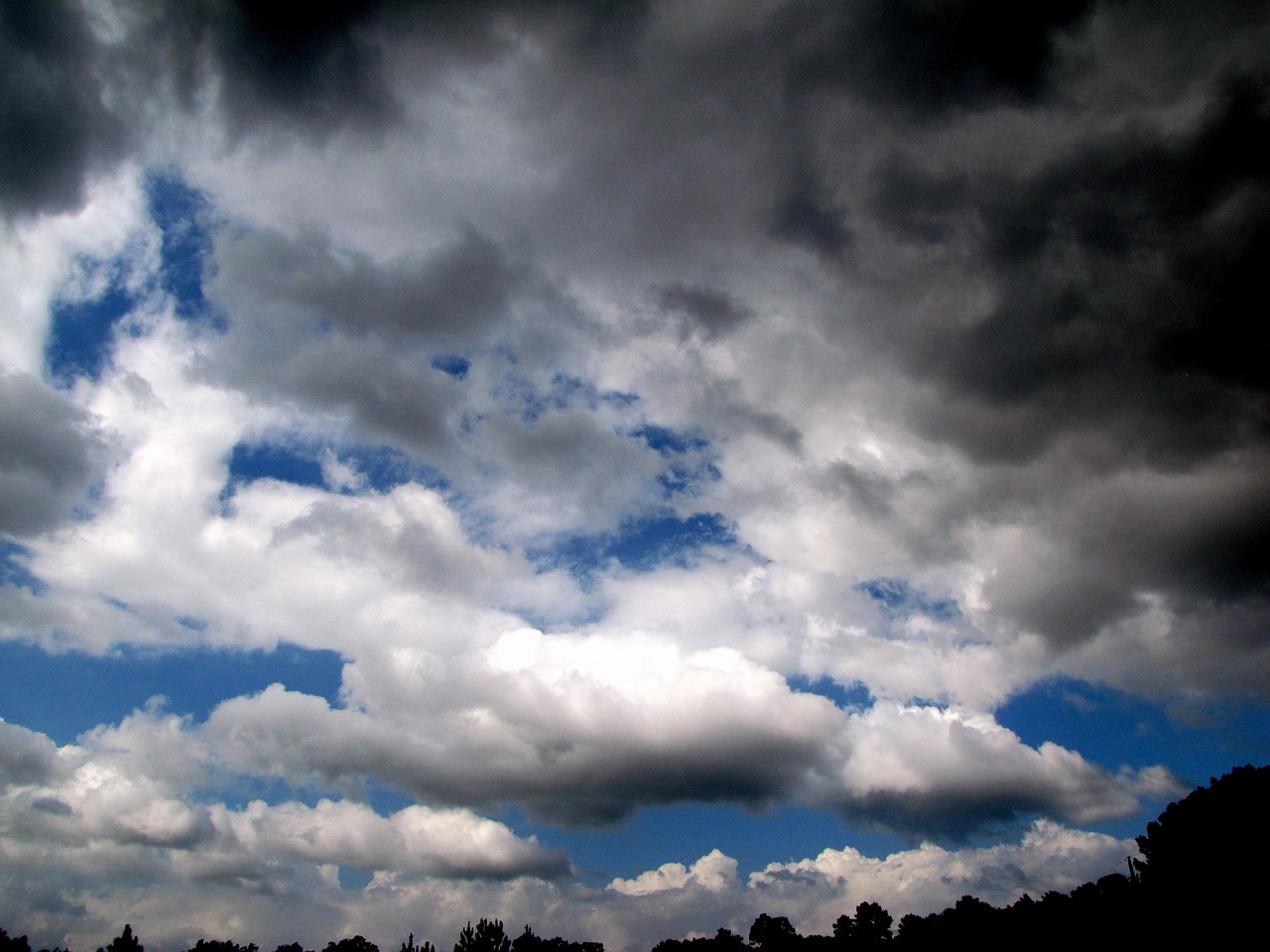
Evacuation Plans
When a hurricane approaches, having a well-thought-out evacuation plan can make all the difference between safety and disaster. It’s not just about grabbing your things and heading out; it’s about knowing where to go, how to get there, and what to take with you. Think of it like planning a road trip, but instead of excitement, you’re preparing for a storm. So, how do you go about creating an effective evacuation plan?
First, assess your surroundings. Identify evacuation routes that are safe and accessible. Local authorities often provide maps indicating these routes, so be sure to check them out. It’s essential to have multiple routes in mind because some roads may become impassable due to flooding or debris. You wouldn’t want to be stuck in traffic while the storm is closing in, right?
Next, consider your destination. Are you heading to a friend’s house, a family member’s place, or a designated shelter? Whatever your choice, make sure it’s a location that is far enough away from the storm’s path. It’s wise to have a few options in case your primary destination is unreachable. If you’re using a shelter, familiarize yourself with its rules and what to expect upon arrival.
Now, let’s talk about what to pack. Your evacuation kit should be ready to go at a moment’s notice. Here’s a quick checklist of essentials you should include:
- Important documents (IDs, insurance papers, etc.)
- Clothing and personal items
- Medications and first aid supplies
- Non-perishable food and water
- Chargers for your devices
Additionally, don't forget to include items for your pets if you have them. They’re part of the family too! Make sure you have their food, water, and any necessary medications packed away. Also, consider their comfort by bringing along their favorite toys or blankets.
Communication is key during an evacuation. Make sure all family members are aware of the plan and know how to reach each other. Establish a meeting point in case you get separated. It’s like setting a rendezvous at your favorite coffee shop, but with a bit more urgency!
Finally, as the storm approaches, stay tuned to local weather updates and heed any evacuation orders issued by authorities. Don’t wait until the last minute; once the order is given, traffic can become chaotic, and you may find yourself stuck. Remember, it’s better to be safe than sorry. So, when the winds start howling, you’ll be ready to roll!
Q: What should I do if I can't evacuate?
A: If evacuation is not an option, find a safe room in your home, preferably one with no windows, and stay there until the storm passes. Make sure to have your emergency kit on hand.
Q: How do I find shelters in my area?
A: Local government websites and emergency management agencies typically provide information about shelters during severe weather events. You can also check community centers and schools that may serve as shelters.
Q: Is it safe to evacuate during a hurricane?
A: It is safest to evacuate before the storm hits. If you wait until the hurricane is underway, you risk dangerous conditions on the roads, which can lead to accidents or getting stranded.

Staying Informed
When a hurricane is on the horizon, staying informed is not just important; it's absolutely crucial. Think of it as your lifeline to safety. You wouldn't jump into a pool without checking the water first, right? Similarly, knowing the weather conditions and updates can make all the difference when facing such a formidable force of nature. So, how can you ensure that you're getting the most accurate and timely information? Let’s dive into the best practices for staying informed during hurricane season.
First and foremost, rely on official sources for weather updates. The National Hurricane Center (NHC) is an excellent resource, providing real-time updates and forecasts. Local news stations also play a vital role in disseminating information tailored to your specific area. They often provide updates on evacuation orders, shelter locations, and other essential details that can help you make informed decisions. Remember, social media can sometimes spread misinformation, so it’s best to verify any alarming news through trusted channels.
Another fantastic way to stay updated is through weather apps. These handy tools can send you push notifications about severe weather alerts right to your smartphone. Popular apps like The Weather Channel, AccuWeather, and NOAA Weather Radar can keep you ahead of the storm. Set them up to receive alerts for your specific area, and you’ll be in the loop no matter where you are. Just imagine being at work or out running errands and getting a notification about an impending storm; that’s the kind of real-time information you want!
Speaking of technology, don’t underestimate the power of social media. Platforms like Twitter and Facebook can be great for real-time updates from local authorities and emergency services. Follow your local police department, fire department, and emergency management agencies. They often post critical updates and can provide guidance on what you should do next. Just remember to double-check any information you see online, as rumors can spread like wildfire.
To further enhance your preparedness, consider setting up a communication plan with your family and friends. In the chaos of a storm, it’s easy to lose touch. Designate a meeting point or an out-of-state contact that everyone can check in with. This will help you stay connected, even if local communication systems go down.
Lastly, don’t forget to participate in community resources. Local emergency management offices often host workshops and informational sessions about hurricane preparedness. Engaging with your community not only keeps you informed but also helps build a support network. Think of it like joining a team; you’re all in this together, and sharing knowledge can make everyone safer.
In summary, staying informed during hurricane season is about using multiple resources to gather the most accurate information. From official weather services to community networks, the more informed you are, the better prepared you will be. So, keep your eyes peeled, your devices charged, and your mind alert. Your safety—and the safety of your loved ones—depends on it!
- What is the best source for hurricane updates?
The National Hurricane Center (NHC) is one of the most reliable sources for hurricane updates, along with local news stations. - Should I rely on social media for weather updates?
While social media can provide real-time information, always verify updates through official channels to avoid misinformation. - How can I prepare my family for communication during a storm?
Establish a communication plan that includes a designated meeting point and an out-of-state contact. - Are there community resources for hurricane preparedness?
Yes, local emergency management offices often provide workshops and resources to help you prepare for hurricanes.
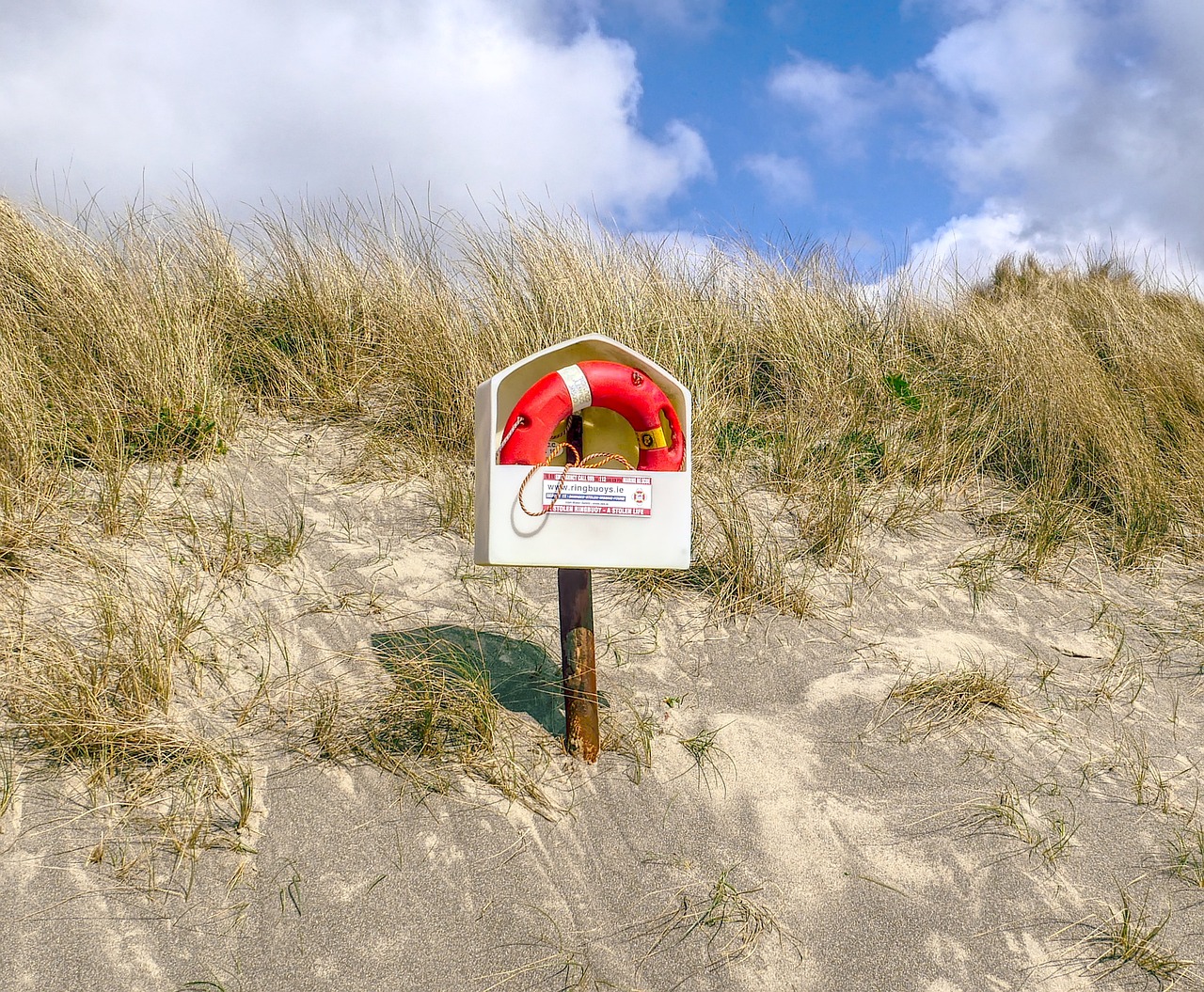
Utilizing Technology
In today's digital age, technology plays a crucial role in keeping us informed and safe during a hurricane. Imagine having the power of real-time information at your fingertips, allowing you to make quick decisions that could protect your family and home. With the right tools, you can turn your smartphone into a lifeline during extreme weather events. So, how can you leverage technology to stay ahead of the storm?
First and foremost, downloading reliable weather apps is a game-changer. These apps provide up-to-the-minute updates on storm paths, wind speeds, and flood warnings. Some popular options include Weather Underground, AccuWeather, and The Weather Channel. Not only do they offer forecasts, but they also feature interactive maps that can help you visualize the storm's trajectory. This way, you can assess whether you need to evacuate or stay put.
Moreover, social media platforms can be invaluable during a hurricane. Following local news stations and emergency management agencies on platforms like Twitter and Facebook ensures you receive timely alerts and updates. These channels often share critical information, such as road closures, shelter locations, and safety tips. Just think of it as a virtual community bulletin board, where you can stay connected with what's happening in real-time.
Another fantastic resource is the use of emergency alert systems. Many smartphones come equipped with a feature that allows you to receive emergency alerts directly from the National Weather Service. This feature can send notifications about severe weather warnings, ensuring that you are always in the loop. It's like having a personal assistant dedicated to your safety!
Don't forget about the importance of charging your devices before a storm hits. Power outages are common during hurricanes, and having a portable charger can keep your phone alive when you need it most. Imagine being in a storm, and your phone dies just when you need to check for updates. Avoid that scenario by being proactive!
Lastly, consider utilizing community resources available online. Many local governments have websites or apps that provide information on shelters, emergency services, and community programs designed to assist during storms. These resources can guide you to safe havens and ensure you're well-prepared for whatever comes your way.
In conclusion, technology is a powerful ally during hurricanes. By staying informed through apps, social media, and emergency alerts, you can make informed decisions that protect you and your loved ones. So, as the storm clouds gather, remember that with the right tools, you can weather the storm with confidence!
- What are the best weather apps to use during a hurricane?
Some of the best apps include Weather Underground, AccuWeather, and The Weather Channel, which provide real-time updates and alerts. - How can I stay informed through social media?
Follow local news stations and emergency management agencies on platforms like Twitter and Facebook for timely updates and critical information. - What should I do if my phone runs out of battery during a storm?
Ensure you have a portable charger ready and charge your devices before the storm hits to avoid losing power when you need it most. - Are there online resources for finding shelters during a hurricane?
Yes, many local governments provide websites or apps that list available shelters and emergency services in your area.
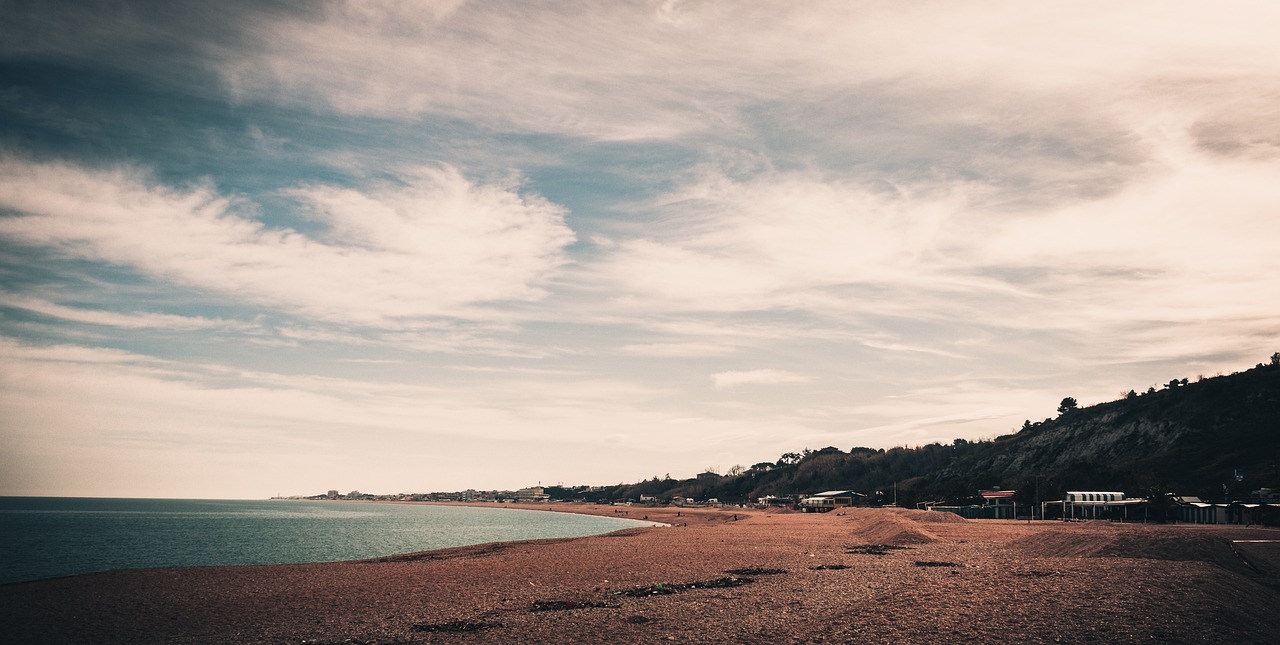
Community Resources
When a hurricane approaches, the importance of cannot be overstated. These resources are designed to assist residents in preparing for, enduring, and recovering from severe weather events. Understanding what is available in your community can be a game-changer when the storm hits. Local governments, non-profit organizations, and community centers often collaborate to provide essential services that can help keep you and your loved ones safe.
For instance, many communities establish shelters that are equipped to house individuals and families during a hurricane. These shelters are typically set up in schools, community centers, or other public buildings that can withstand severe weather. It's crucial to know the location of your nearest shelter and the specific services they offer, such as food, medical assistance, and even pet accommodations. In addition to shelters, many local governments provide emergency services that include evacuation assistance and transportation for those without means to leave the area.
Another valuable resource is the availability of community programs aimed at hurricane preparedness. These programs often include workshops or informational sessions that educate residents on how to prepare their homes, create emergency kits, and develop evacuation plans. Participating in these programs not only equips you with knowledge but also connects you with neighbors who may be facing similar challenges. It fosters a sense of community and support, which is vital during stressful times.
Moreover, local volunteer organizations can be a lifeline during and after a hurricane. They often mobilize quickly to provide food, shelter, and supplies to those affected. Many of these organizations rely on donations and volunteers, so consider getting involved. Not only does this help your community, but it also creates a network of support that can be invaluable when disaster strikes.
In addition to physical resources, don’t overlook the power of digital platforms. Many communities use social media and local news outlets to disseminate important information during a hurricane. Following local government pages, emergency management accounts, and community groups can keep you informed about evacuation orders, shelter openings, and safety tips. This real-time information can be crucial for making informed decisions when every second counts.
Finally, it’s important to have a list of emergency contacts readily available. This list should include local emergency services, family members, and neighbors who can assist you in times of need. Having a plan and knowing who to reach out to can alleviate stress and confusion during a hurricane.
In summary, being aware of the community resources available to you can significantly enhance your preparedness and response during a hurricane. From shelters and emergency services to educational programs and volunteer networks, these resources are designed to help you navigate the storm safely. Remember, it’s not just about weathering the storm; it’s about building a resilient community that supports each other.
Q: What should I do if I need help finding a shelter?
A: Reach out to local emergency services or check your community’s official website for shelter locations and resources. You can also call 211 for assistance.
Q: How can I volunteer during a hurricane?
A: Contact local non-profits or community organizations that focus on disaster relief. They often have volunteer opportunities available before, during, and after a storm.
Q: What information should I keep in my emergency contact list?
A: Include local emergency services, family members, neighbors, and any community resources you may need to reach out to during a hurricane.

Post-Storm Safety Measures
After the storm has passed, it might be tempting to rush back to your home, but patience is key. The aftermath of a hurricane can be deceivingly calm, yet it often harbors hidden dangers. Before you step outside, take a moment to assess the situation. Is it truly safe to return home? Look for downed power lines, flooding, and other hazards. Remember, safety should always be your top priority.
Once you have determined it is safe to return, begin with a thorough inspection of your property. Check for structural damage, such as cracks in the walls or roof. If you notice any significant damage, it’s best to contact professionals for help. Don’t forget to document everything with photos; this will be invaluable for insurance claims later on.
As you navigate your neighborhood, be aware of potential hazards. Floodwaters can carry debris, chemicals, and even wildlife, making it crucial to avoid standing water. If you encounter any downed power lines, treat them as live wires and stay at least 30 feet away. Report these hazards to local authorities immediately.
In the aftermath of a hurricane, communication is vital. Stay in touch with family and friends to let them know you are safe. Use your phone or social media, but be mindful of the network traffic; it may be congested. If you have access to the internet, check local news outlets for updates on recovery efforts and available resources.
Speaking of resources, many communities set up emergency shelters and assistance programs post-storm. These can provide food, water, and medical aid to those in need. Make sure to check in with local community centers or emergency services to learn about available resources in your area. You might find that your neighbors are also in need, and a little kindness can go a long way in rebuilding your community.
Finally, as you settle back into your routine, keep an eye on your mental health. Experiencing a hurricane can be traumatic, and it’s important to talk about your feelings. Reach out to community support groups or mental health professionals if you need someone to talk to. Remember, it’s okay to ask for help.
- What should I do if I find damage to my home? Contact a professional to assess the damage and document everything for insurance purposes.
- How can I stay safe during cleanup? Wear protective gear, avoid standing water, and be cautious of sharp debris.
- Where can I find local resources for assistance? Check with local community centers, government websites, or social media for updates on shelters and aid programs.
- What should I do if I feel overwhelmed after the storm? Seek support from friends, family, or mental health professionals. It's important to talk about your feelings.
Frequently Asked Questions
- What should I do to prepare my home for a hurricane?
Preparing your home for a hurricane involves several key steps. Start by securing your windows with storm shutters or plywood to prevent breakage from flying debris. Reinforce your roof and check for any loose shingles. Additionally, clear your yard of any items that could become projectiles in high winds, such as patio furniture or garden tools. Creating a safe space inside your home, like an interior room or basement, is also crucial for your family's safety during the storm.
- What items should I include in my emergency kit?
Your emergency kit should contain essential items to help you survive during and after a hurricane. Make sure to include at least a three-day supply of non-perishable food and water (one gallon per person per day). Don't forget a first aid kit, flashlights with extra batteries, a multi-tool, and important documents stored in a waterproof container. Also, include any necessary medications, personal hygiene items, and a battery-powered or hand-crank radio to stay informed.
- How can I create an effective evacuation plan?
Creating an effective evacuation plan starts with knowing your local evacuation routes and identifying a safe destination, such as a friend or family member's home or a designated shelter. Practice your evacuation plan with your family, so everyone knows what to do when the time comes. Make sure to have a communication plan in place, so you can stay in touch with loved ones if you get separated. Always keep your vehicle fueled and ready for a quick getaway.
- How can I stay informed about hurricane updates?
Staying informed is vital during a hurricane. You can rely on local news stations, weather radio, and official government websites for real-time updates. Additionally, consider downloading weather apps on your smartphone that provide alerts and notifications. Social media can also be a useful tool, as many emergency services share updates and important information through their channels. Always pay attention to evacuation orders and safety instructions from local authorities.
- What should I do after a hurricane has passed?
After a hurricane, prioritize your safety and the safety of others. Assess the damage to your home and surroundings carefully, avoiding downed power lines and flooded areas. Wait for official announcements before returning home if you've evacuated. Once it's safe, document any damage for insurance purposes and begin cleanup efforts. Be cautious of hazards like sharp debris or contaminated water, and check on your neighbors to ensure they're safe as well.



















